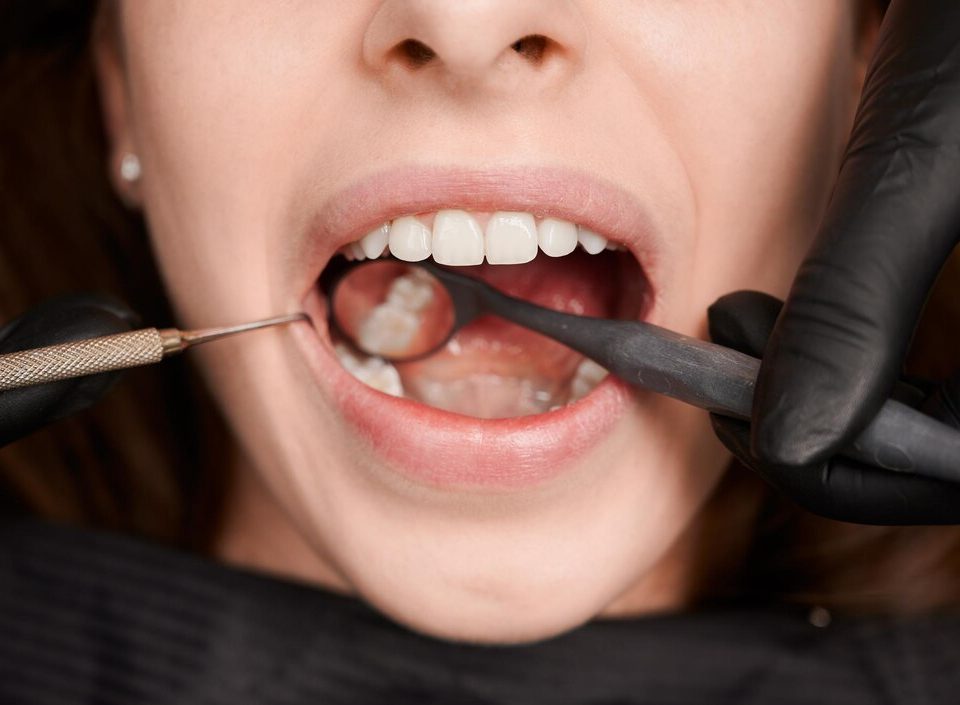Composite resin fillings have become a popular choice due to their aesthetic appeal and efficiency. However, like any medical procedure, there are both benefits and risks to consider. Here’s an overview:
Benefits of Composite Resin
- Aesthetic and Natural Appearance: The tooth-colored resin blends seamlessly with natural teeth.
- Versatile Application: Suitable for various dental issues, from cavities to cracked or broken teeth.
- Minimally Invasive Procedure: Requires less removal of tooth structure compared to other filling materials.
- Strong Adhesion: The bonding technique ensures a secure attachment to the tooth, enhancing durability.
- Quick Procedure: Can typically be completed in a single dental visit.
Risks of Composite Resin
- Prone to Staining: Composite resin can discolor over time due to foods and drinks like coffee or tea.
- Lower Durability: Less resistant to chewing pressure compare to amalgam, especially on back teeth.
- Potential for Cracking or Detachment: Biting hard objects or poor oral hygiene may cause the filling to crack or come loose.
- Higher Cost: Composite resin fillings tend to be more expensive than traditional metal fillings.
According to Dr. drg. R. Tri Endra Untara, M.Kes., Sp.KG.(K), in his research on root canal treatment using semi-indirect composite resin restoration with fiber-reinforced tape, the proper technique can enhance the durability and effectiveness of composite resin fillings. Similarly, Prof. Dr. drg. Siti Sunarintyas, M.Kes., in her inaugural speech as a Professor in Dental Biomaterial Composites at Universitas Gadjah Mada, highlighted the importance of innovation in composite materials to improve the quality of dental restorations.
Despite some limitations, composite resin remains a top choice for individuals prioritizing aesthetics and comfort. It is essential to consult a dentist to determine the most suitable filling material based on your dental condition and needs. The use of composite resin in dentistry also contributes to the Sustainable Development Goals (SDGs), particularly: SDG 3: Good Health and Well-being, by improving access to more functional and aesthetic dental care; and SDG 4: Quality Education, by supporting research and innovation in dental biomaterials.
References
Dr. drg. R. Tri Endra Untara, M.Kes., Sp.KG.(K), Root Canal Treatment with Semi-Indirect Composite Resin Restoration with Fiber-Reinforced Tape, https://jurnal.ugm.ac.id/mkgk/article/view/61362
Prof. Dr. drg. Siti Sunarintyas, M.Kes., Inaugural Speech as Professor in the Field of Dental Biomaterial Composites at Universitas Gadjah Mada, https://dgb.ugm.ac.id/wp-content/uploads/sites/280/2024/01/Pidato-GB-Siti-Sunarintyas-04-Jan-2024-Isi-Cetak.pdf
Author: Rizky B. Hendrawan | Photo: Freepik



